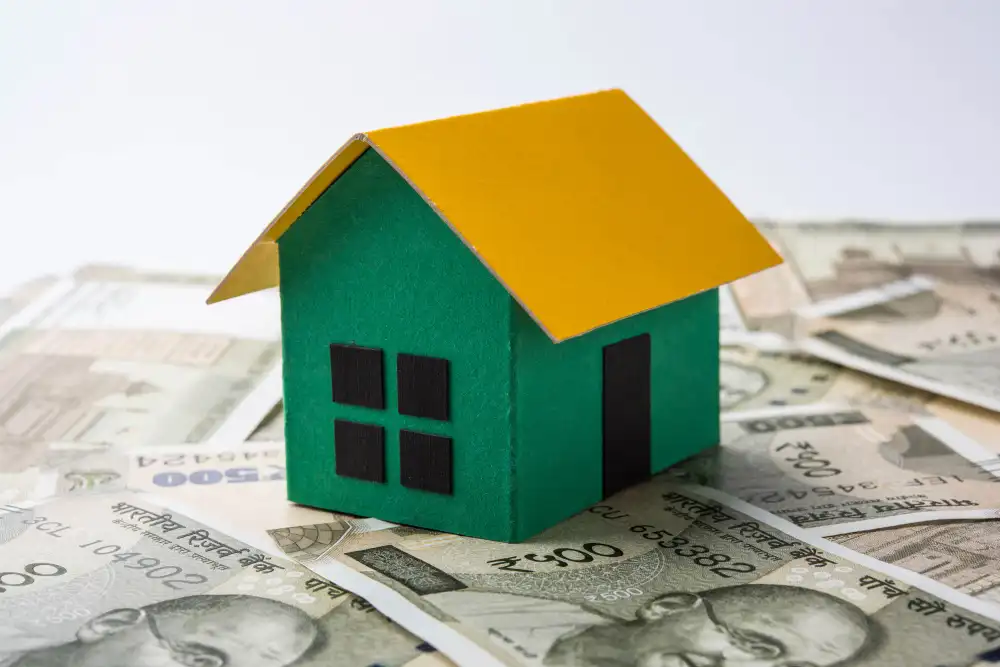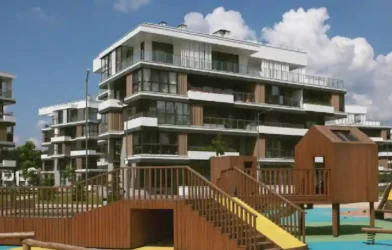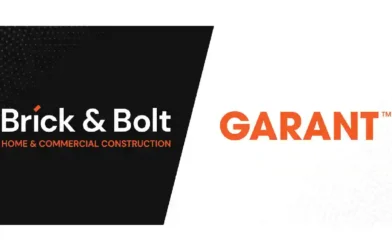Subtotal ₹0.00
Despite the high global inflation resulting in sharp increase in interest rates, residential real estate has remained unimpacted. Rather, home sales are expected to hit an all time high of 3.6 lakh units across 7 top cities in 2022 Moreover, the record investments in real estate including residential realty in the first three quarters of the year, have firmly established it as an attractive investable asset class. Vinod Behl
The attractiveness of real estate including residential real estate can well be judged from an 18% increase in institutional investment during the January-September 2022 period. What is all the more encouraging is the rising share of retail and domestic investors. But still foreign investors continue to dominate. With the strengthening of USD against Indian rupee, NRI’s are increasingly investing in luxury homes and holiday homes to make the most of the currency advantage. That investors are committed to real estate in general and residential property in particular is evident from the CII- Anarock report which reveals that 41% property buyers think that over the last one year, attractiveness of residential property for investment has gone up. The turbulent equity market and lower returns in fixed deposit and gold has also drawn investors towards real estate.
Lucrative returns in residential real estate are drawing investors. Residential properties of big branded developers in top locations in strong micro markets with best of amenities are getting even 4-5% returns. The returns in co-housing and student housing are even better. Small investments (Rs 10-25 lakh) in holiday homes from retail investors under fractional ownership are also gaining traction. Even the first time home buyers of affordable housing (up to Rs 45 lakh) remain committed to invest as the government has extended the interest subsidy scheme under PMAY beyond March 2022. Moreover, developers are successfully playing to the changed choice and preference of end users and investors for spacious and luxurious properties with high lifestyle and health quotient by tailoring new launches accordingly.
Post- covid high demand for green homes has also made residential real estate attractive for global and domestic investors .Individual buyers(end users) are also preferring to invest in these homes as they not only have high health quotients but also have low operational cost due to energy and water efficiency. Moreover, they have a higher resale value…
All current indicators point to favourable times ahead for residential realty and real estate as a whole. As per recent research report, the middle-class will play an even more significant role in the growth of the real estate sector. The share of the middle class with an annual household income of Rs 5-30 lakh, more than doubled from 14% in 2004-05 to 31% in 2021-22. It is further projected to rise to 63% by 2047, according to a report by economic research organisation- People Research on India’s Consumer Economy.
India is though not completely decoupled from the global economy, yet it has to a larger extent ducked the headwinds . India’s two-pronged investment and export-driven strategy with restrained macro-economic approach is paying dividends in turbulent global times.With 7% expected growth rate in FY23 and 6.5% in FY24 , Indian economy will ably support the growth of real estate. including residential real estate , further strengthening it as an investable asset class.














